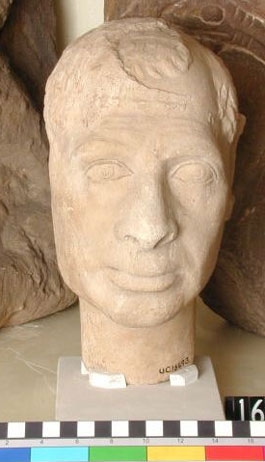Digital Egypt: Digital Egypt for Universities
28 November 2016

This site is for archaeology teaching alone. It provides uses for material from other cultures across the full range of Sciences and Humanities represented in the best traditions of the College, ranging from Anthropology and Comparative Literature, to Psychology and the History of Medicine. Visitors to the site can use a range of thematic access points guiding them to the data for individual and group projects. The resource will offer examples of student presentations, lecture notes, assessment questions, and recommended reading.
Digital Egypt demonstrates the unique potential of the university museum in all these areas and could revolutionise the way people think about and teach with material culture. Egypt offers a tradition of settled life stretching seven thousand years from early farmers to the modern industrialised state. On Digital Egypt for Universities, the 3d reconstructions by Naru Shiode provide access to the range of responses and materials, while the 2d graphics and text by Wolfram Grajetzki supply the archaeological background to unlock the human context in time and space.
Places are selected on the strength of their representation in the Petrie Museum, and their potential to stimulate the learner with questions such as the following:
- What were function and lifespan of the circular huts at Hemamia (c4000 BC) - temporary or permanent, shelter for humans or animals?
- Why did the builders in the early town at Naqada (c3500 BC) adopt rectangular forms - new material (mud-brick) or new spatial concepts? How far do materials dictate forms?
- What propelled the architects of the royal tomb to a new geometric form, the first true pyramid at Meydum (c2600 BC)?
People
- Naru Shiode
- Wolfram Grajetzki
 Close
Close

